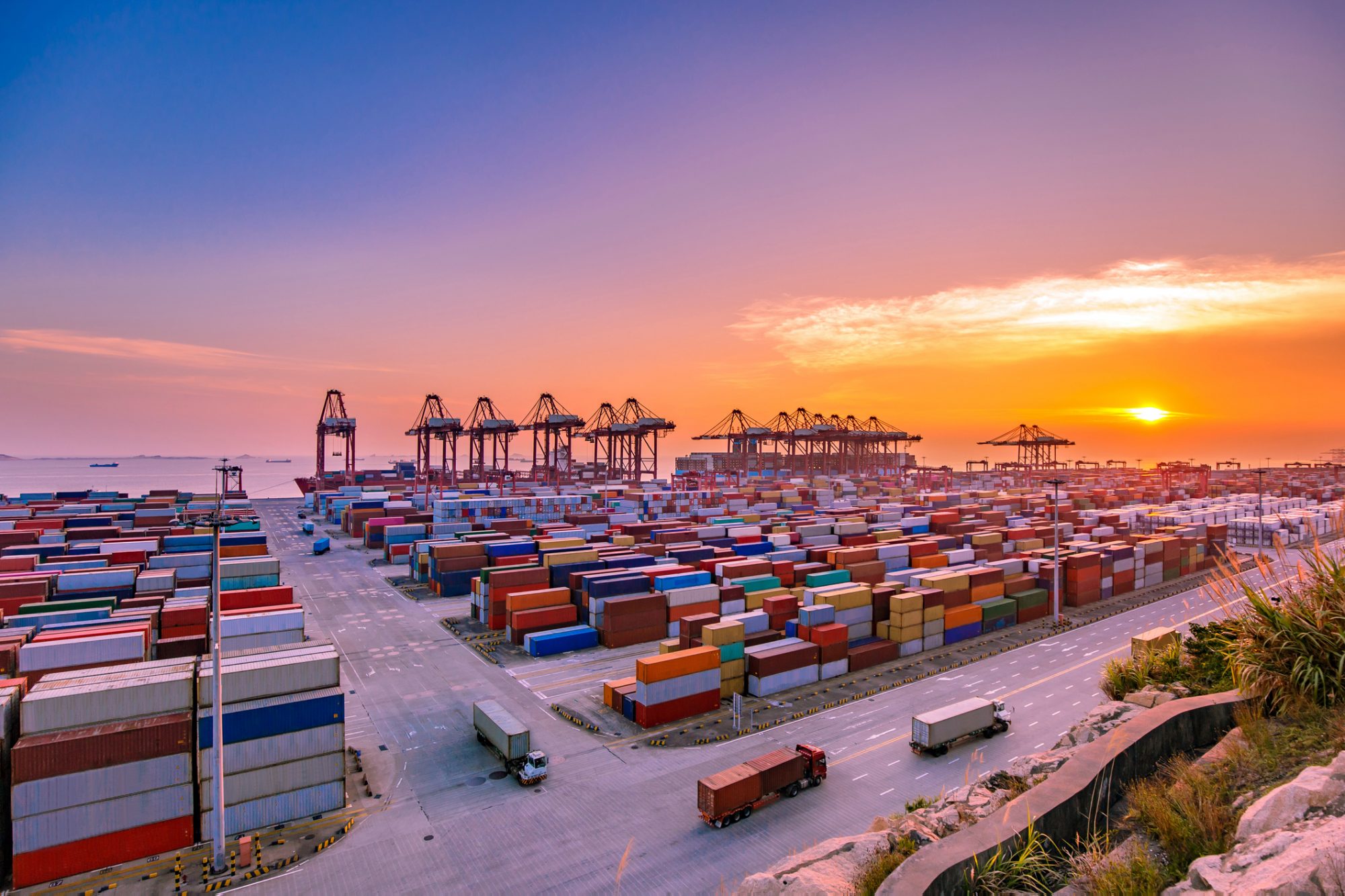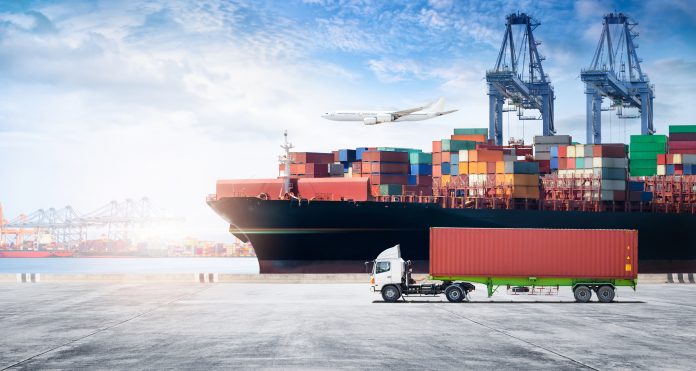Dom Couldwell, Head of Field Engineering EMA at DataStax, charts the role of data in global shipping operations, which we discover improves the real world in real-time
Shipping is responsible for 90% of all transportation for goods and products worldwide – without global shipping operations, economies cannot function effectively.
The most recent International Maritime Organization (IMO) report found that shipping represents 2.89% of all greenhouse gas emissions, and went up by 9.6% in two years. The continued growth in emission volumes will threaten the global shipping sector’s ability to meet its net zero targets by 2050, as emissions are predicted to grow by between 90% and 130% of 2008 emission levels.
To reduce shipping emissions, we have to improve the performance of individual vessels, develop more energy-efficient fuels, and refine trade routing in global shipping operations. To achieve this, we need more data. The IMO now requires all ships to track their energy efficiency using the Energy Efficiency Existing Ship Index (EEXI) to measure their energy efficiency and report their annual operational carbon intensity indicator (CII) and CII rating. But we need to apply this data in real-time scenarios as well.
The economic benefit of global shipping operations
Alongside the environmental impact of these decisions, there is a direct economic benefit. According to the Maersk McKinney Møller Center for Zero Carbon Shipping, international and domestic shipping uses about 300 million tonnes of fuel per year to power vessels.
Reducing fuel consumption by 1% per year – equivalent to 8% by 2030 – would reduce fuel usage by 24 million tonnes overall. Not only would this provide a significant reduction in global shipping operations emissions, but it also represents a huge cost saving for ship operators. Starting early is also more cost-effective. The Clean Shipping Coalition suggests that the cost of decarbonisation is $100 billion per year, so embracing change earlier would free up budgets in future.
Picking the right options around shipping can therefore deliver on both cost and emissions. But where can you make those improvements?

Finding the right approach to global shipping operations
There are several areas where data can be used to improve performance and reduce costs.
The first of these is around fuel optimisation. When you have to transport goods, you will have different options available to you. Should you pick the next available ship to get something done quickly, or should you plan ahead for more efficiency?
Looking at the products themselves, you can make the right decision on which vessel to charter based on delivery timescales, routing and fuel costs.
Each of these elements can impact how cost-effective it is for a given journey. At the same time, real-world changes can also affect how efficient a journey is in reality compared to the anticipated cost. For example, weather conditions may change, affecting the route that a vessel has to take, leading to increased fuel consumption and a change in profitability.
While weather forecast data can be used in prediction models and help guide your choice, you will also have to look at real-time recommendations to the ship captain and the commercial team involved so that potential savings and efficiencies can be delivered in the real world.
The role of vessel hull efficiency
Similarly, looking at vessel hull efficiency in global shipping operations can make a huge difference. Vessels should sail at a given speed and fuel efficiency level, but this can be affected by how clean the hull is as well as how efficient the propeller is at driving a ship forward.
Dom Couldwell, Head of Field Engineering EMA at DataStax, charts the role of data in global shipping operations, which we discover improves the real world in real-time
Applying data in real-time to global shipping operations
The ISO standard 19030 measures changes in hull and propeller performance, helping ship operators understand the impact that their decisions have on overall efficiency.
According to Jotun Marine, tracking hull efficiency and responding faster to requirements can account for a reduction of 10% of the world fleet’s energy costs, equivalent to around $30 billion in spending plus the associated greenhouse gas emissions. Getting real-time data can flag when improvements are needed.
Predictive maintenance to prevent waste in global shipping operations
Lastly, looking at more predictive maintenance can maintain efficiency and prevent waste. By using techniques such as machine learning and artificial intelligence, ship operators can identify potential anomalies in components within their vessels and detect potential failure early. This allows them to replace components before any equipment breakdowns, preventing waste.
Similarly, using data from components over time enables you to adopt condition-based maintenance approaches and ensure that all equipment is used based on its remaining useful lifespan, delivering greater sustainability. By keeping ships running at peak performance levels and avoiding downtime due to component failure, ship operators can use real-time data to avoid breakdowns, minimise their fuel use and contribute to decarbonising the entire maritime industry. At the same time, it avoids unnecessary costs and improves sustainability.
Real-time data & demonstrating accountability
All these measures rely on data from sensors within ships that can monitor performance and provide alerts where things are not working effectively. At the same time, all ships will run different systems so this data will have to be normalised. Once this step is taken, ship operators can get a like-for-like overview of performance before they make the decision on any particular journey.
For ship owners, this data can provide a comparison against other vessels and flag any areas where performance is lacking. By ensuring that operators and owners can understand the wider picture for ship efficiency, they can all make improvements and reduce costs.
This industry move relies on real-time data to function effectively. For example, Alpha Ori used real-time data from 260 ships and saved 137,000 tonnes of CO2, equivalent to about 44,000 tonnes of fuel in one year. Without this insight, it is impossible to make the right decisions when they must be made.
Ship operators will have to demonstrate their EEXI and CII levels and how they continue to make their vessels more efficient. Equally, this data has to be available when it is needed during voyages, as this ensures that decisions are made based on current situations rather than on abstract ideas or predictions that are no longer accurate.
As global shipping operations aim to meet net zero targets, data will continue to be essential to that goal.











